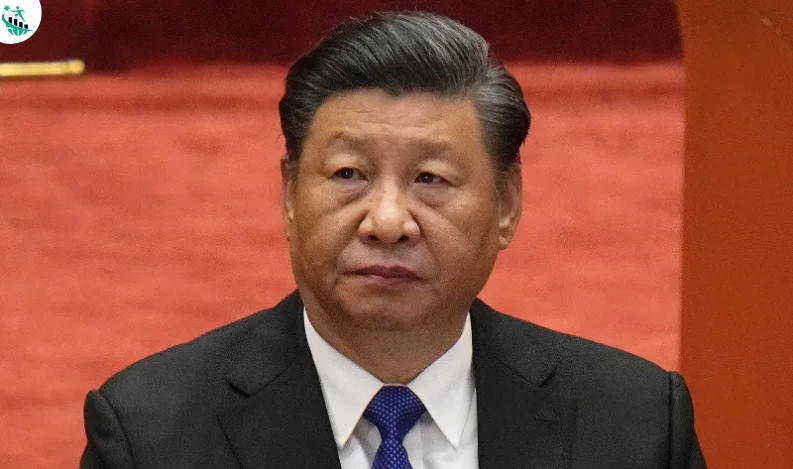
Dow Falls Nearly 900 Points After Trump’s New China Tariff Threat
U.S. stocks tumbled sharply on Friday after President Donald Trump threatened to impose higher tariffs on China, reigniting fears of a renewed global trade war. The sell-off came as Trump accused Beijing of becoming “very hostile” by tightening restrictions on rare earth metals, key materials for the technology and defense industries.
The Dow Jones Industrial Average plunged 878.82 points, or 1.9%, to close at 45,479.60, marking one of its steepest one-day declines in months. The S&P 500 dropped 2.71% to 6,552.51, its biggest fall since April 10, while the Nasdaq Composite slid 3.56% to 22,204.43. Earlier in the day, the Nasdaq had reached a record intraday high before reversing course as traders reacted to Trump’s remarks.
In a Truth Social post, Trump said, “I was to meet President Xi in two weeks at APEC in South Korea, but now there seems to be no reason to do so. One of the policies we are calculating at this moment is a massive increase of tariffs on Chinese products coming into the United States.”
The comments rattled investors, many of whom had been expecting progress toward easing trade tensions. “Expectations for a China trade deal just got swept off the table,” said Jeff Kilburg, founder of KKM Financial. “Profit takers are out in full force.”
China recently announced tighter controls on the export of rare earths, requiring foreign entities to obtain a license for goods containing more than 0.1% of the valuable minerals. The move heightened U.S. concerns about access to materials vital for electronics, electric vehicles, and weapon systems. Trump accused Beijing of using these resources to hold the world “captive.”
Wall Street’s fear gauge, the CBOE Volatility Index (VIX), spiked above 22, ending nearly four months of calm trading, as investors rushed to hedge against further declines. Technology stocks led the losses, with Nvidia down 5%, AMD falling 8%, and Tesla sliding about 5%. Analysts said tech companies are particularly vulnerable due to their reliance on China for both manufacturing and sales.
“It’s not surprising to see technology-related stocks down the most today,” said Art Hogan, Chief Market Strategist at B. Riley Wealth. “Our relationship with the second-largest economy in the world just got more difficult.”
Oil prices also weakened as traders grew worried that higher tariffs could slow economic growth and reduce energy demand. Meanwhile, the ongoing U.S. government shutdown entered its 10th day, adding to the negative sentiment. Lawmakers in the Senate failed again to reach an agreement on temporary funding bills, while the Trump administration confirmed that federal worker layoffs had begun.
By the week’s end, the S&P 500 lost 2.4%, the Nasdaq dropped 2.5%, and the Dow fell 2.7%, erasing earlier gains. The combination of trade uncertainty, political gridlock, and signs of slowing global growth left markets on edge heading into next week.



Recent Comments:
No comments yet.